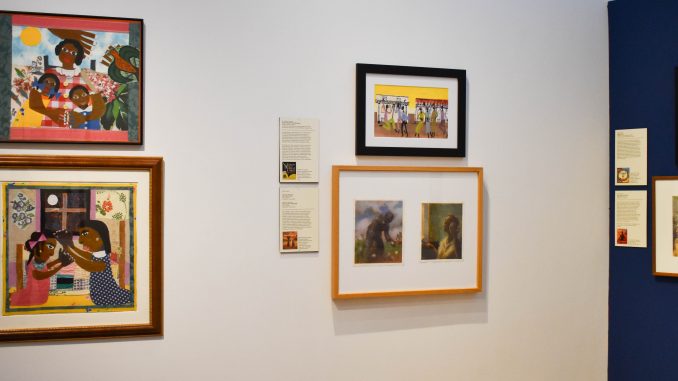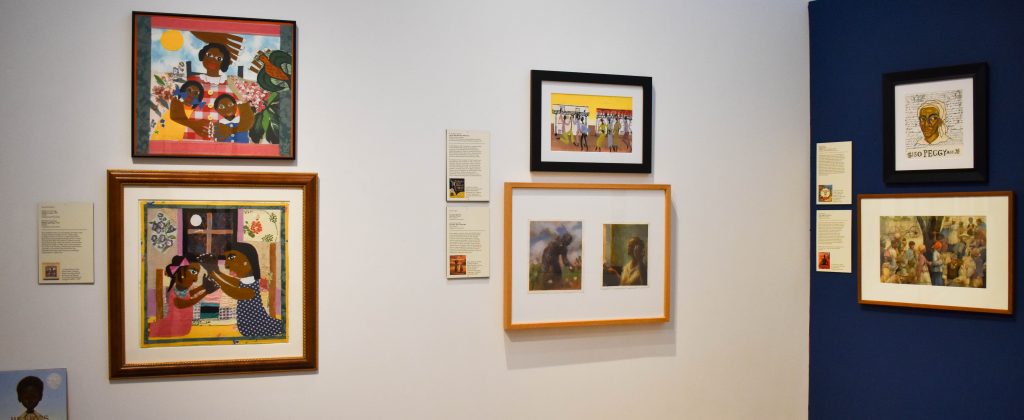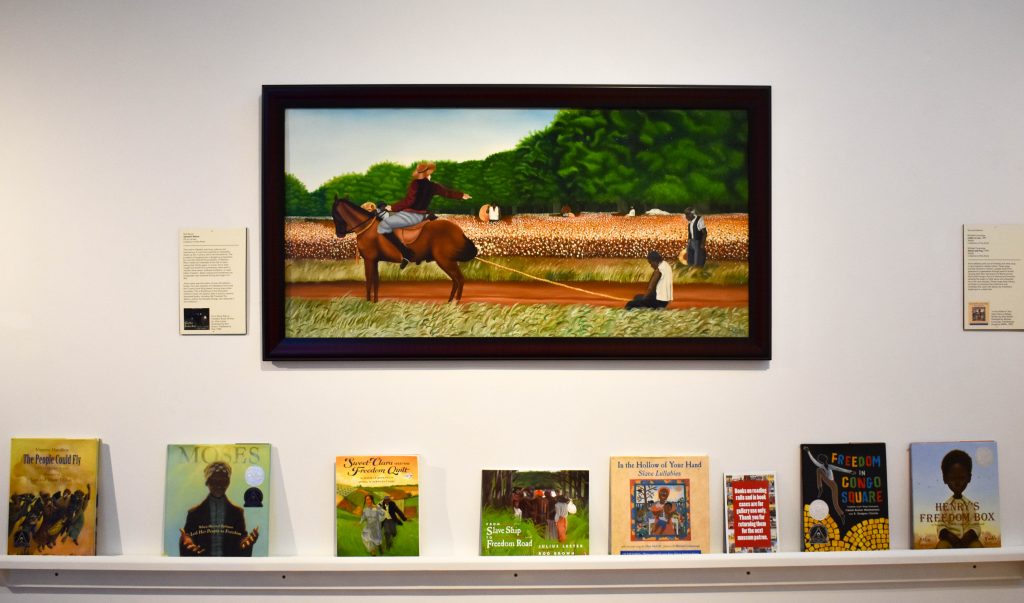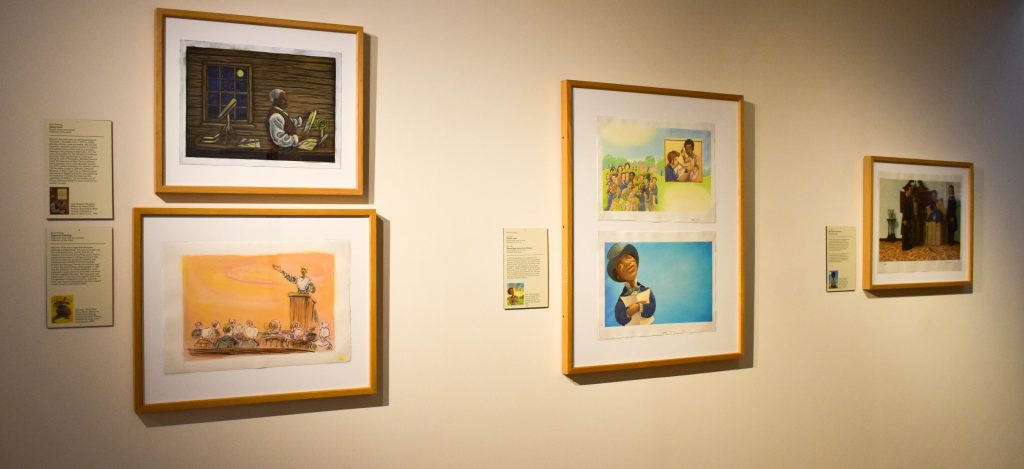
The institution of slavery was established in Virginia in 1619 and quickly spread throughout the colonies. It was very profitable for landowners, especially those who owned successful crop producing plantations. First enacted in 1793, the Fugitive Slave Act was in response to a series of slave revolts. Governments and residents of free states were required to help catch and return runaways.
Many free states defied the law, allowing an Underground Railroad to function under immense pressure. The term “Underground Railroad” figuratively refers to a resistance movement that used railway terminologies, including conductors (guides) and way stations (hideouts). It served as a network of safe houses and secret routes used by enslaved Africans to escape into free states and Canada with the help of abolitionists. Escaped slaves traveled on foot or by wagon with information passed along by word of mouth. By the end of the 1850s, approximately 100,000 slaves managed to escape.
During this time, several influential books were written by African-Americans. In 1773, Phillis Wheatley, a freed slave originally from West Africa, became the first African- American to publish a book in the U.S. Of her many poems, On Being Brought from Africa to America speaks about slavery. Freed slave Gustavus Vassa published one of the first slave narratives in 1789, an autobiography titled The Interesting Life of Olaudah Equiano.




